Arabica Coffee Care: A Guide to Growing Your Own Coffee at Home
Arabica coffee
Arabica coffee, native to the Ethiopian highlands, is a fascinating plant that gives us one of the most delicious pleasures: coffee. With proper care, you can grow your own coffee at home and enjoy its unique aroma and flavor. Embark on a coffee-filled journey with Arabica Coffee!
___________________________________________________________________________
Light:
Arabica coffee prefers bright but indirect light. Place it near an east- or west-facing window where it receives filtered light. Avoid direct sunlight, as it can burn the plant's sensitive leaves.
Water:
Keep the substrate slightly moist at all times, but avoid overwatering. Arabica coffee requires regular watering, but allow the top layer of the substrate to dry out before watering again. Don't let the plant dry out completely.
Substratum:
Use a well-drained, organic-rich substrate for Arabica coffee. A mixture of potting soil, peat, and perlite works well. Make sure the substrate allows for good drainage to prevent waterlogging of the roots.
Temperature:
Arabica coffee prefers moderate temperatures, between 15°C and 24°C (59°F and 75°F). Avoid sudden temperature changes and protect the plant from cold drafts. Keep the plant in a warm, stable environment.
Humidity:
This plant appreciates moderate humidity levels. Spray the leaves regularly to increase humidity, especially in dry environments or during winter, when heating can dry out the air.
Toxicity:
Good news for pet lovers! Arabica coffee is not toxic to dogs or cats. However, it's always advisable to keep pets away from the plants and prevent them from ingesting coffee leaves or grounds.
Additional:
This plant is known for its ability to adapt to diverse climates and altitudes, but it requires specific care to thrive and produce high-quality coffee beans.

___________________________________________________________________________
Common problems:
-
Yellowing leaves: Yellowing leaves on your Arabica coffee plant can be indicative of several problems, such as a lack of nutrients, overwatering or underwatering, or inadequate light. Make sure to provide a proper balance of nutrients, water, and light to keep the leaves healthy and green.
-
Leaf drop: Leaf drop in Arabica coffee plants can be caused by sudden changes in temperature, a dry environment, lack of watering, or pest infestation. Maintain a stable environment with an adequate temperature and moderate relative humidity. Also, avoid overwatering and a dry substrate.
-
Pests and Diseases: The Arabica coffee plant can be affected by pests such as mites, aphids, and mealybugs, as well as fungal diseases such as coffee rust. Conduct regular inspections for any signs of pests or diseases and take appropriate measures to control them, either through natural methods or the use of appropriate products.
-
Nutrient deficiency: A nutrient deficiency in your Arabica coffee plant can manifest as slow growth, pale or yellowing leaves, and reduced coffee production. Be sure to provide a balanced fertilizer specifically for coffee plants and follow the application recommendations.
-
Pruning Needs: Arabica coffee plants may require regular pruning to maintain their shape and promote healthy growth. Pruning can also help remove damaged, weak, or diseased branches, as well as control the plant's size.




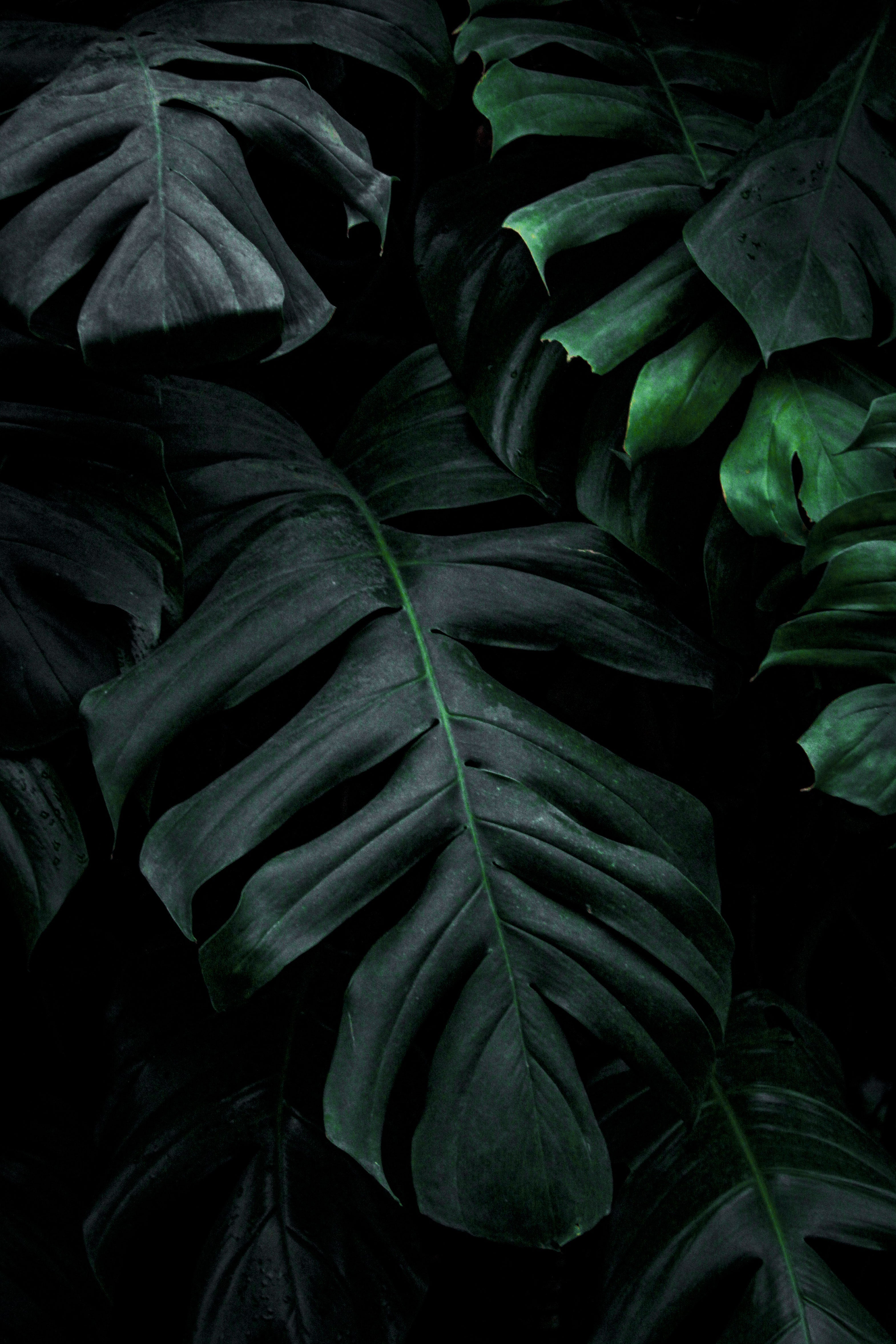
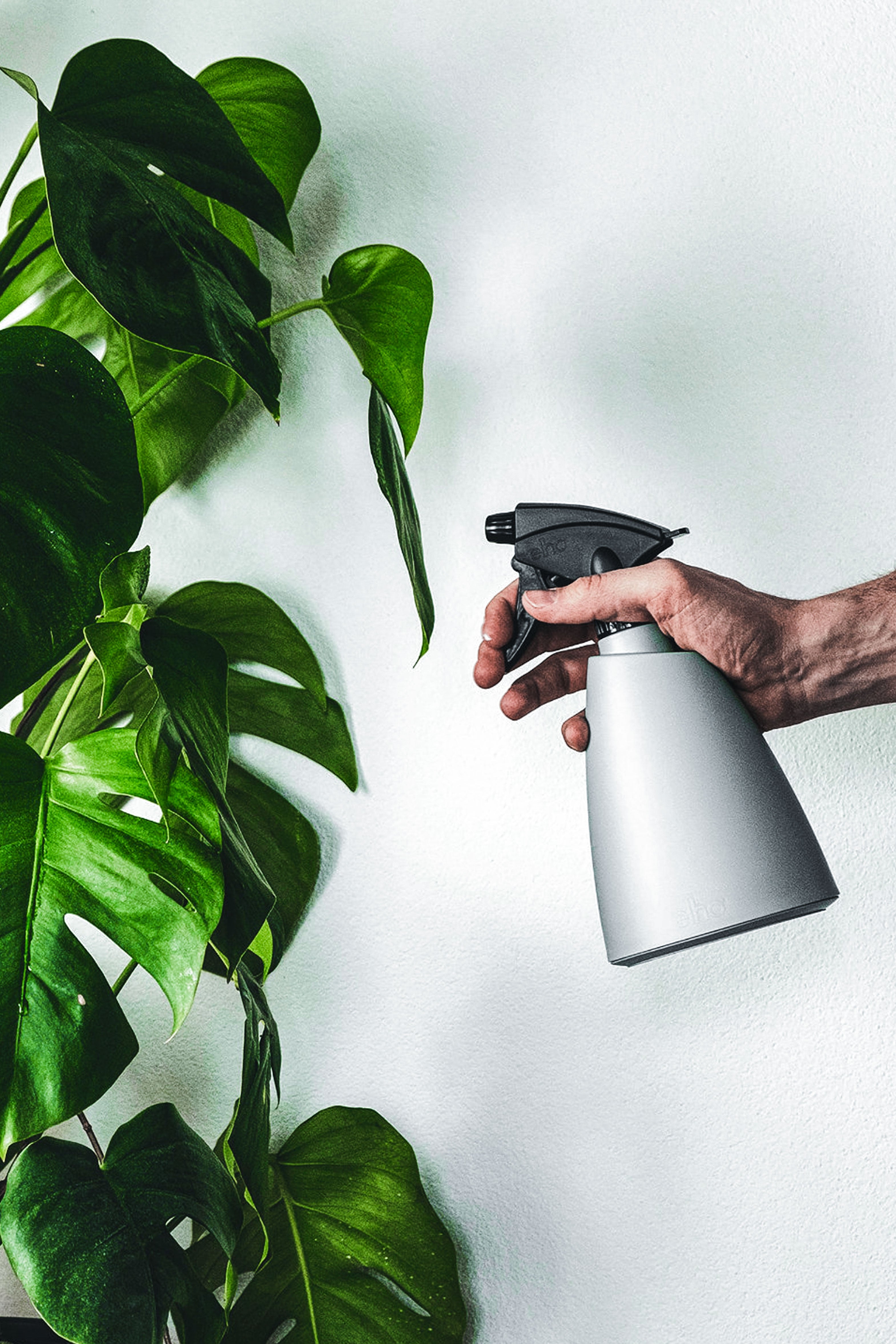
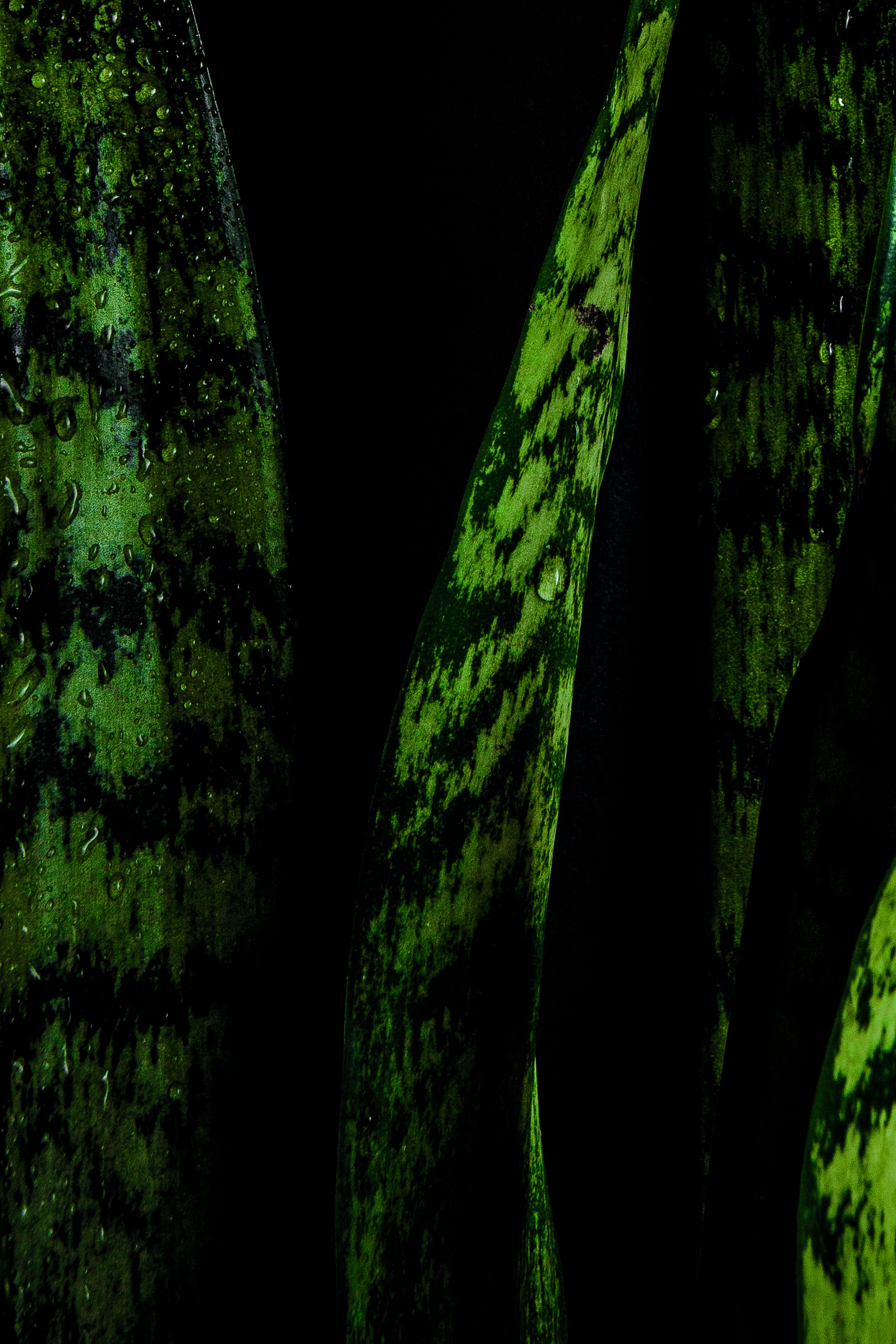
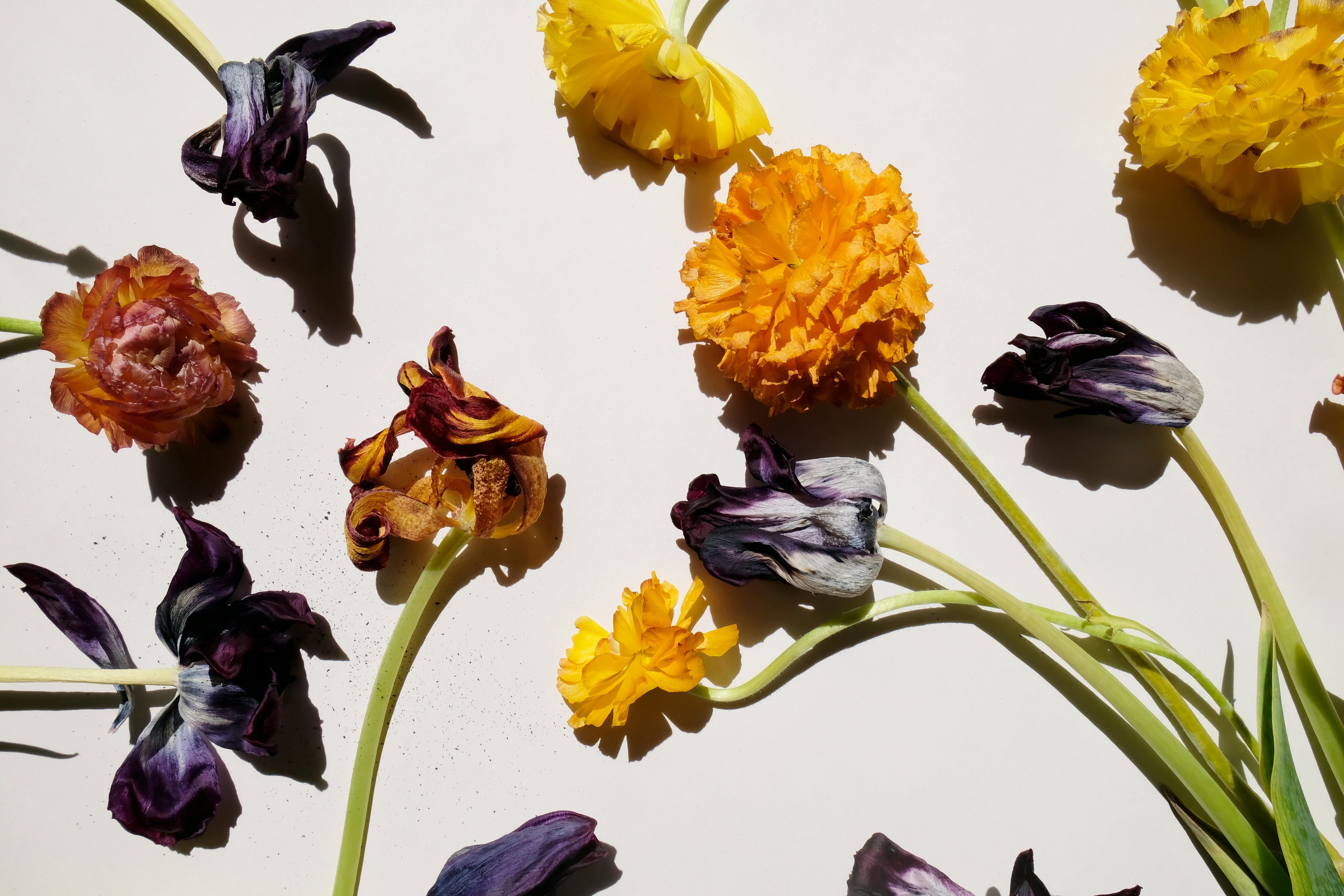
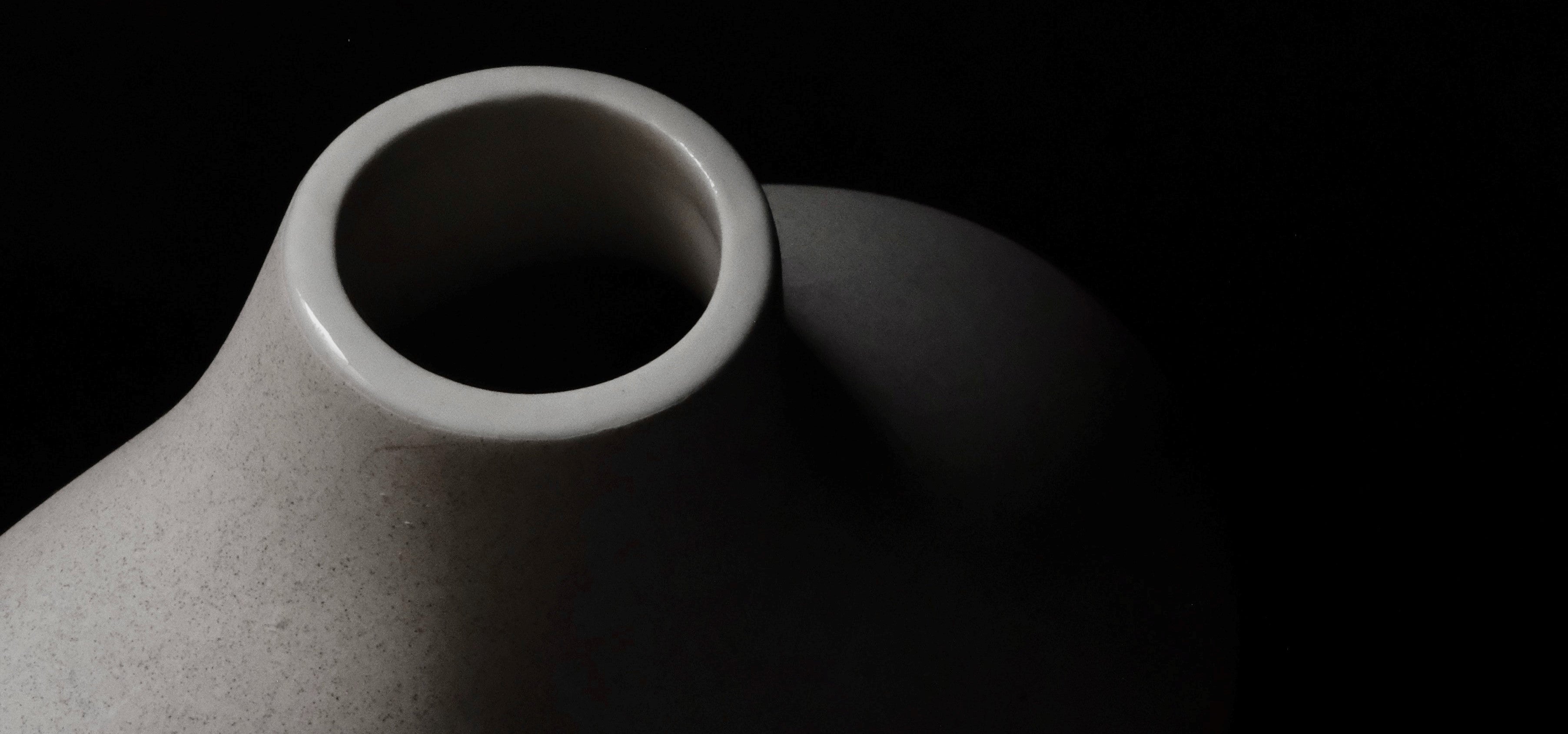
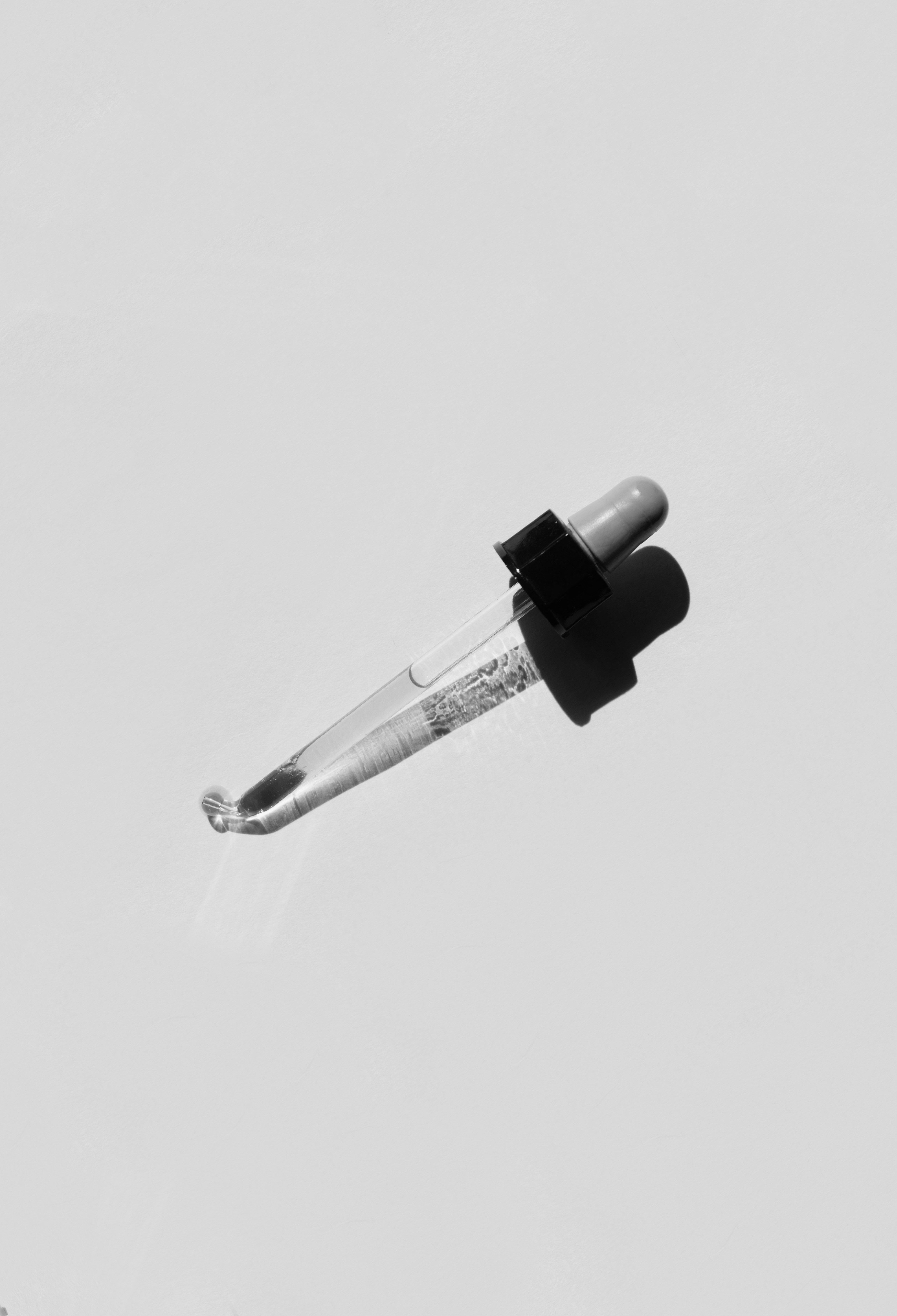
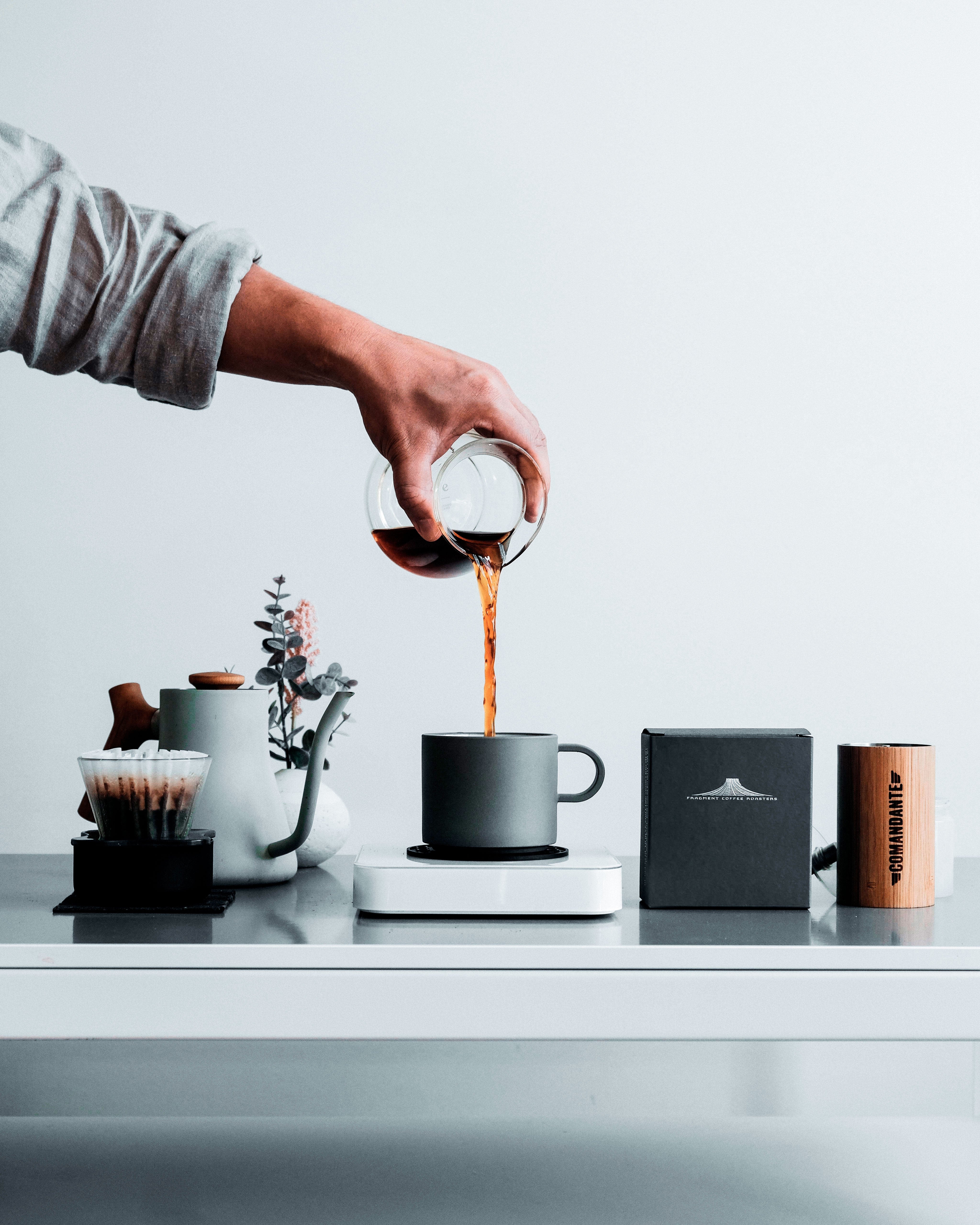
Leave a comment